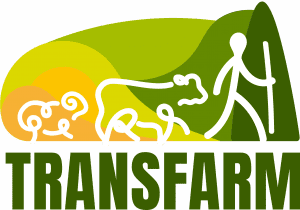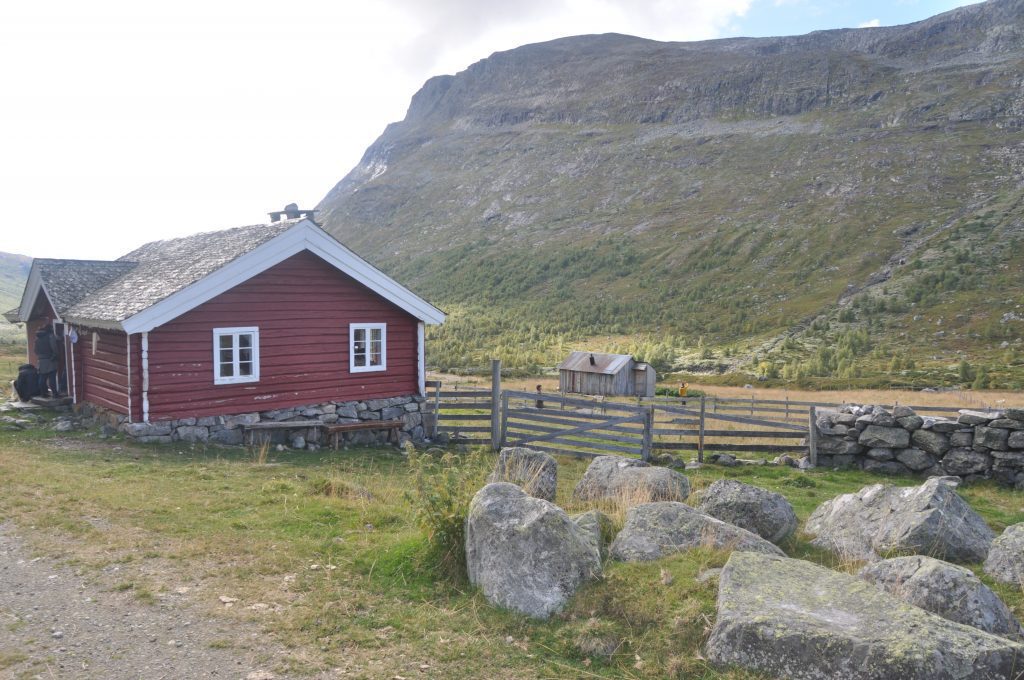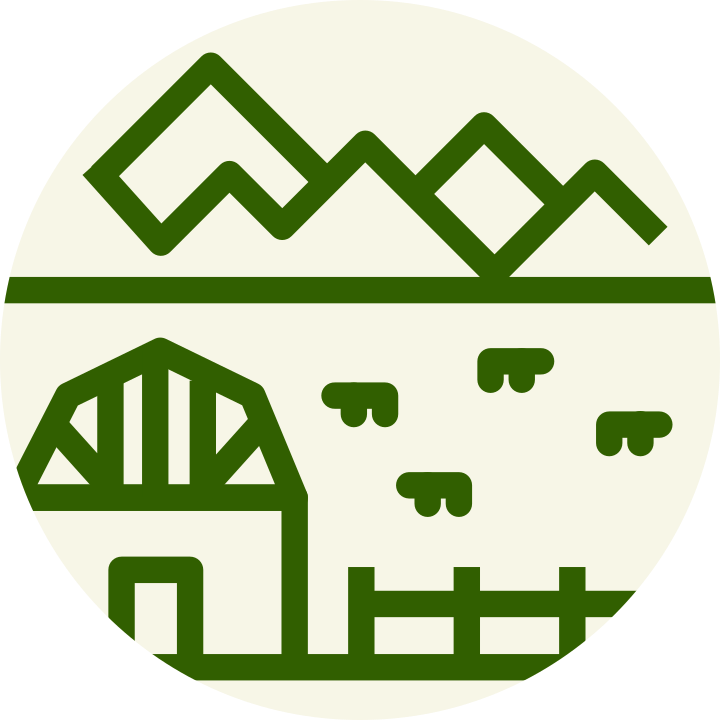The summer farming practice is based on hand milking and traditional milk processing. Taking care of biodiversity and management of traditional cultural landscapes are an essential and integral part of the practice. The summer farm is open to visitors, and providing education, especially for school children, is a crucial motivation for the dairymaid.




